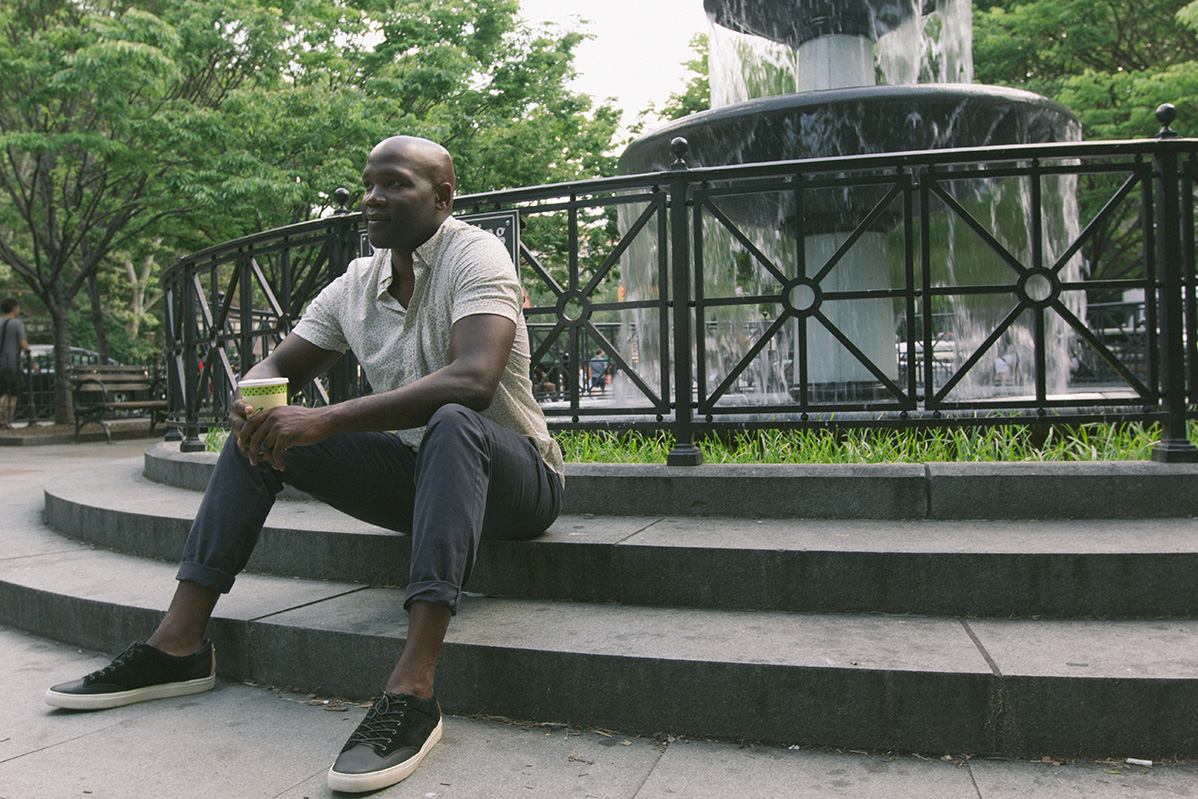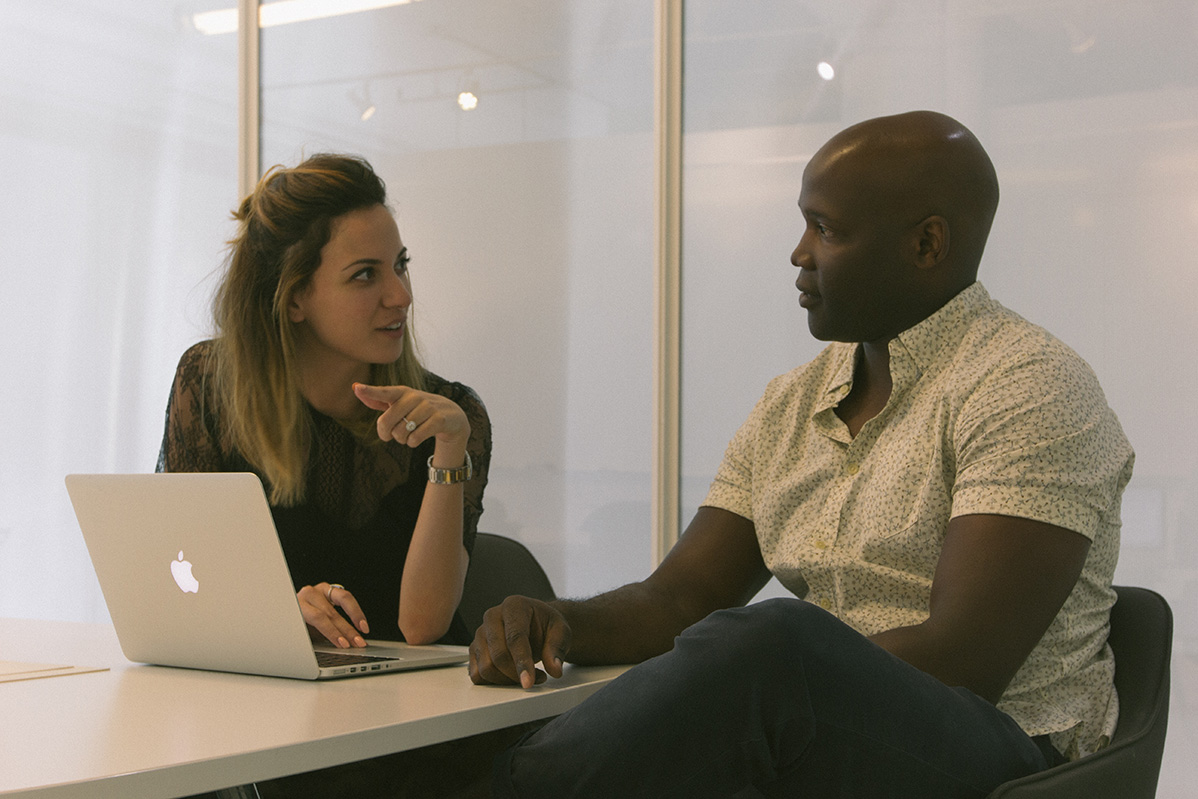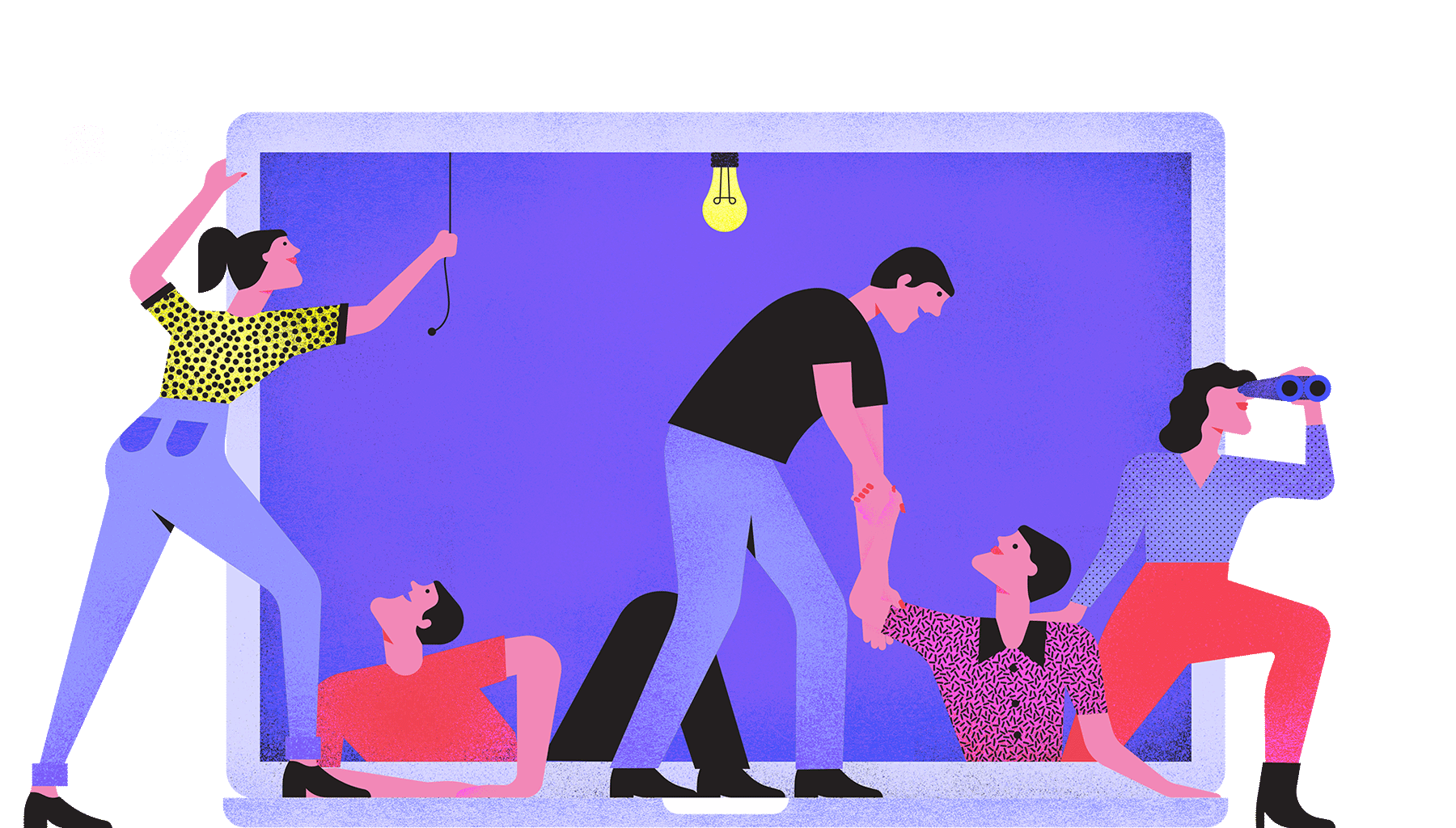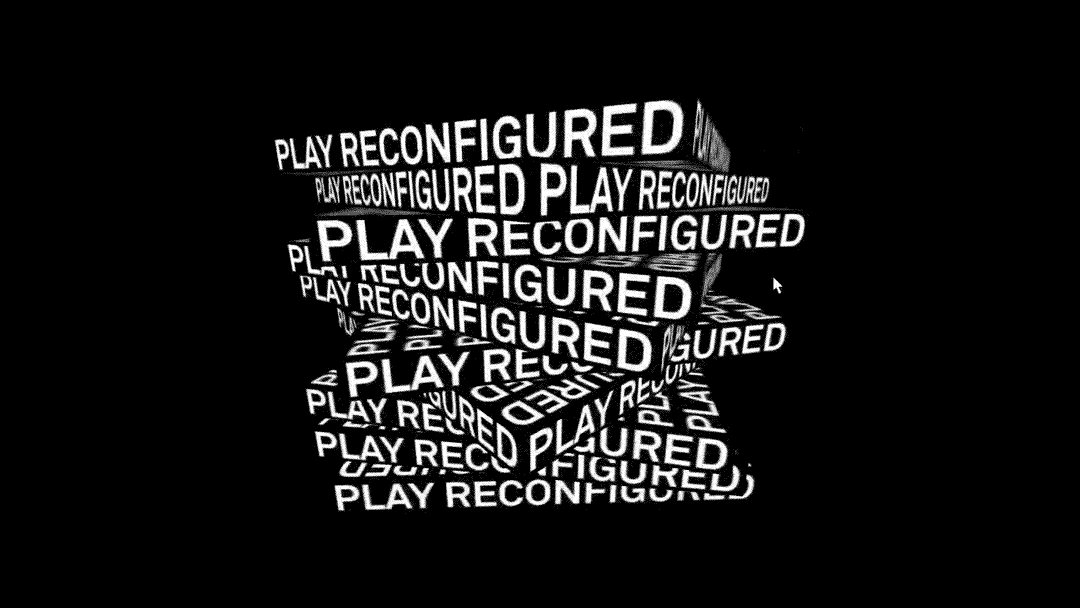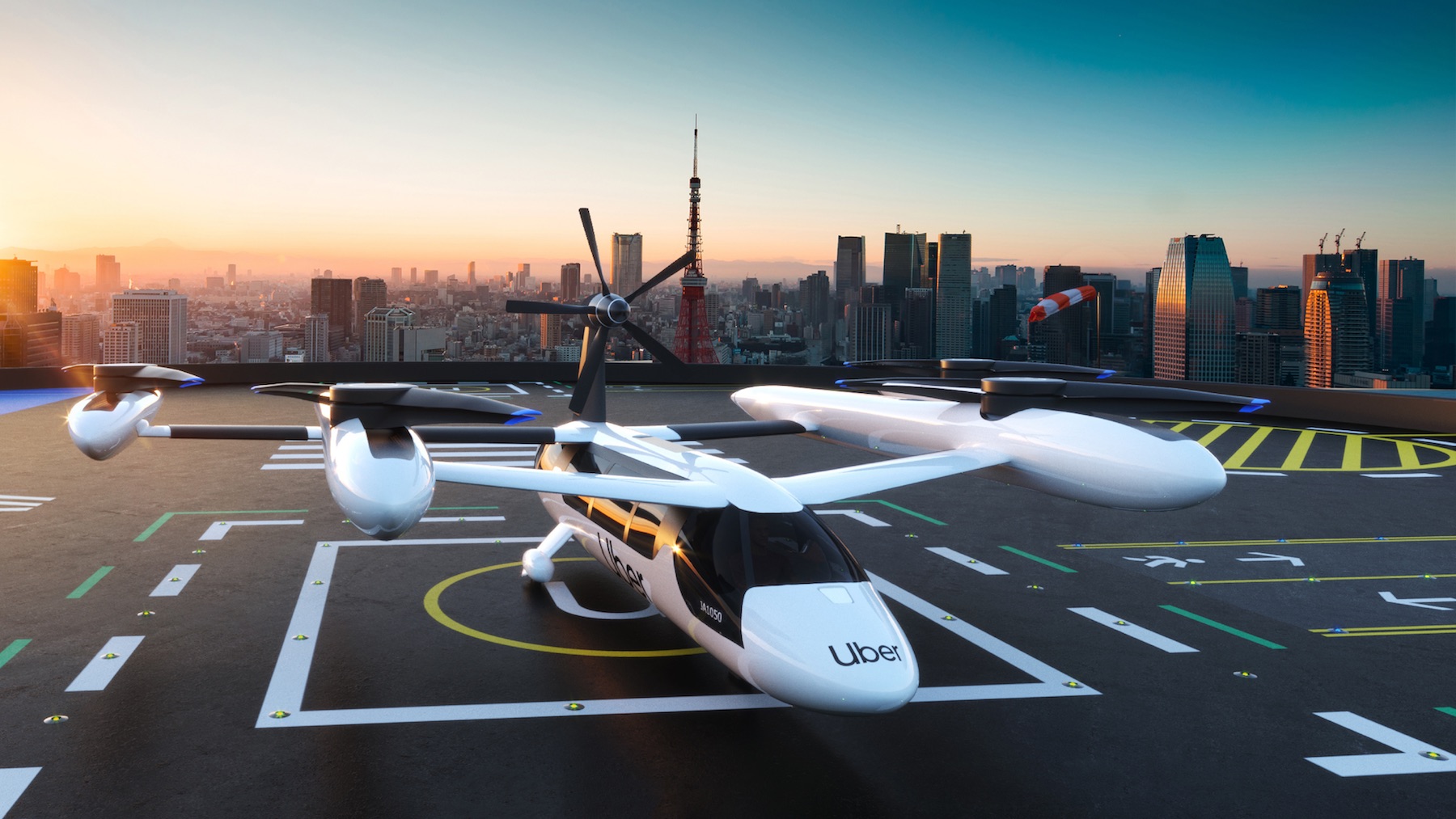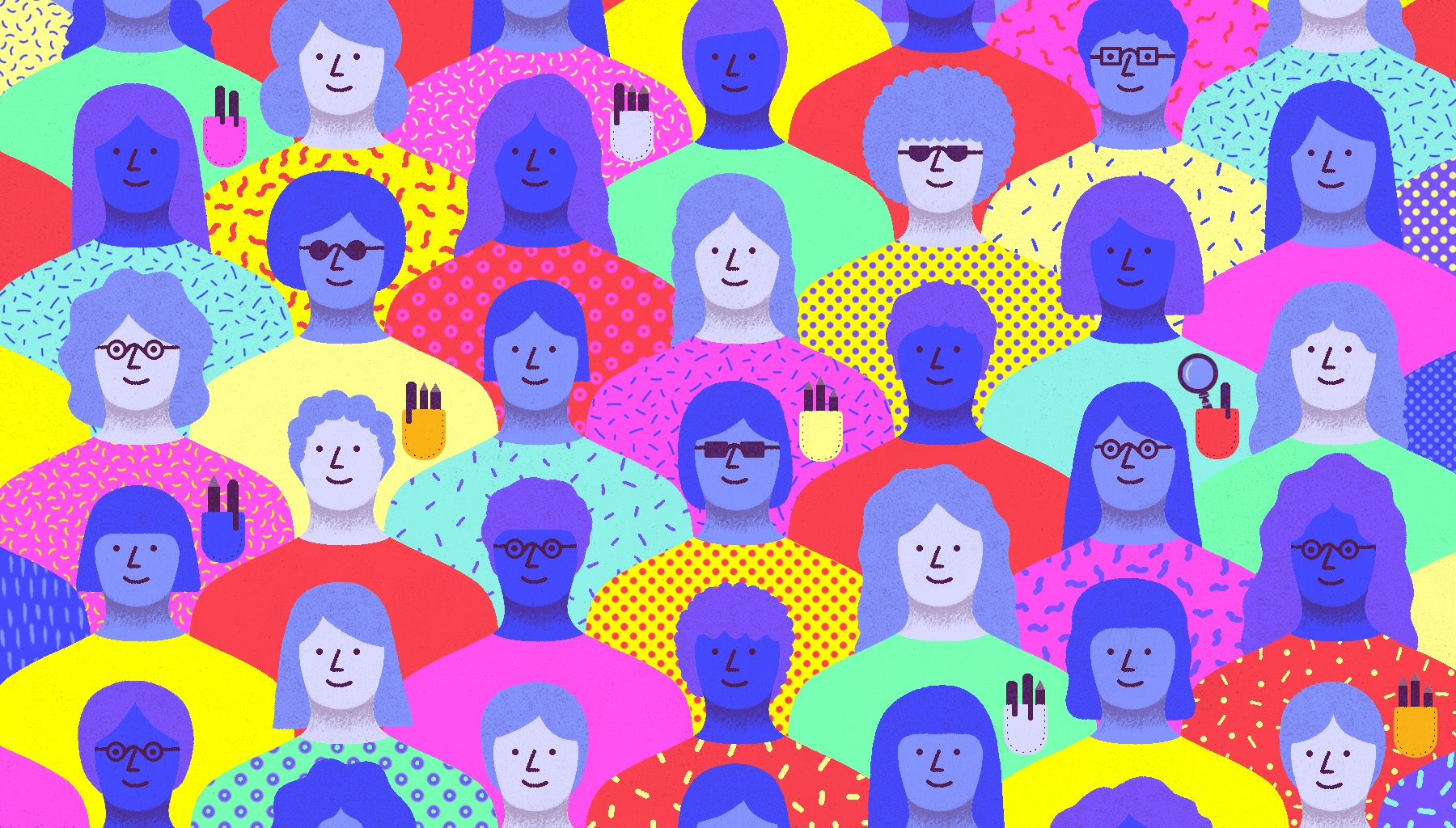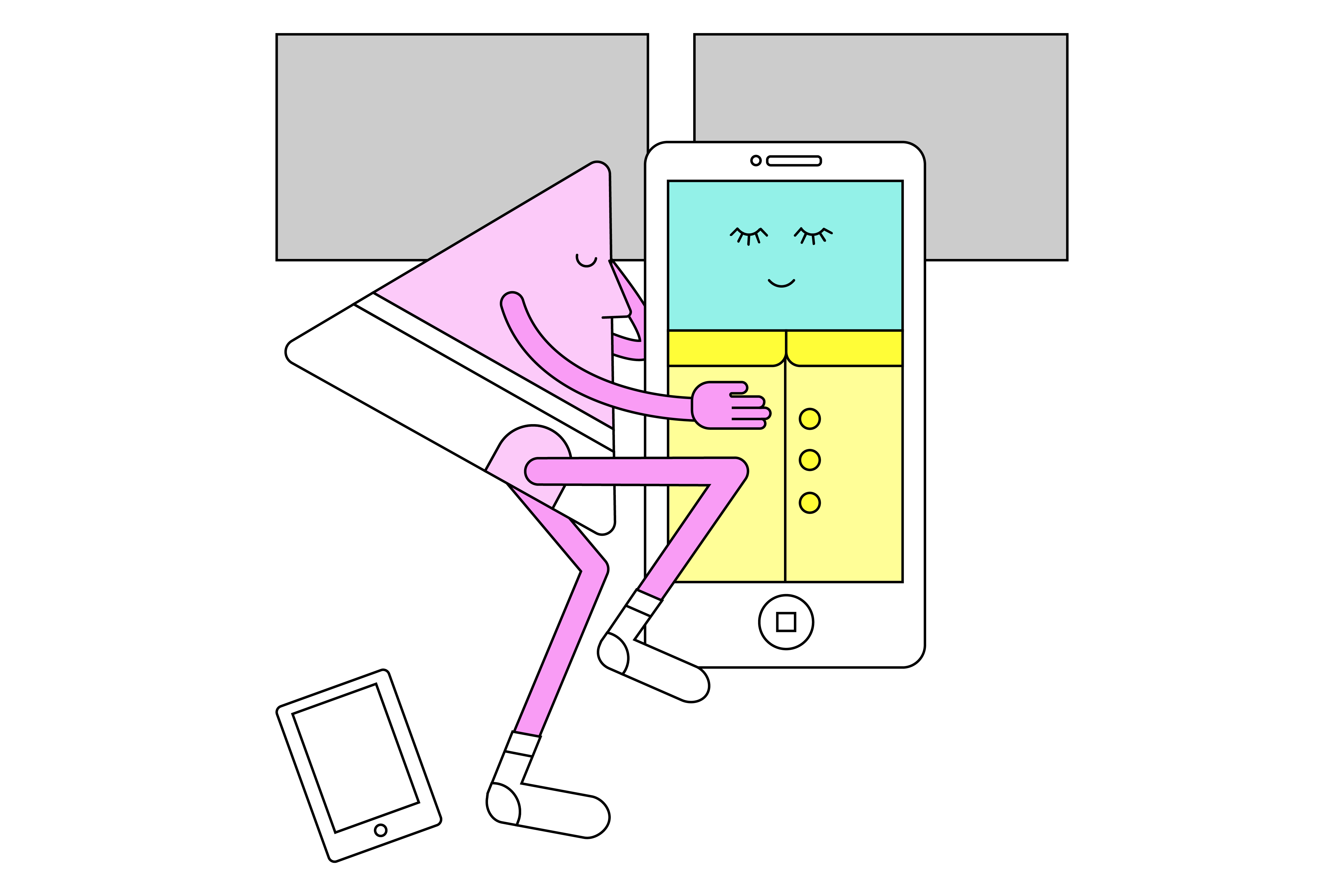
Can we live tech-ier ever after?
3 minute read
Empathy – there’s an app for that. Well, a technology at least.
Thanks to Apple’s acquisition of artificial intelligence start-up Emotient at the beginning of this year, your iPhone may soon be able to respond to your emotions as well as your requests.
Your partner, friends or family might not understand how you feel when you’ve had a bad day or have good news to share, but your devices will. In fact it looks like analyzing facial expressions is set to be the next big thing in the tech world right now. With brands and retailers using this kind of software to identify everything from how we feel about their products to whether we look like potential shoplifters.
As our ability to harvest and interpret different forms of visual and verbal data improves, so does our power to effect personal changes; big and small, personal and societal.
At one end of the spectrum we have the kind of Fitbit style products and apps that nudge us into upping our exercise quota, as well as eating or drinking more healthily. With lots of gamification thrown in to help us reach our goals, while competing with or encouraging others. At the other end we’re moving into seriously non-trivial issues.

Smart phones, give us feedback
Take mental health. It’s a sad truth that suicide is a leading cause of death in men under 35 in the UK and a difficult issue to tackle. The Samaritans (a leading UK charity) launched Samaritans Radar in response as a simple web tool monitoring Twitter feeds for trigger indications that someone may be at risk. Concerned friends and family could sign up for alerts relating to those they worried about.
It was shut down fairly quickly, not because it wasn’t a useful tool or for privacy reasons, but because its two audiences (those at risk and those concerned) and the user experience required for each around such sensitive issues just couldn’t be easily squared. Those concerned felt reassured, while those affected potentially felt more exposed and vulnerable.
Meanwhile, an app such as Operation Reach Out in the US has faired better. Set up with the same goal (suicide prevention) but with a more singular target audience (military personnel and veterans) and a user experience geared around their specific needs (developed by prevention experts). Making the point that if you get the experience as well as the tech right, you can literally save lives.
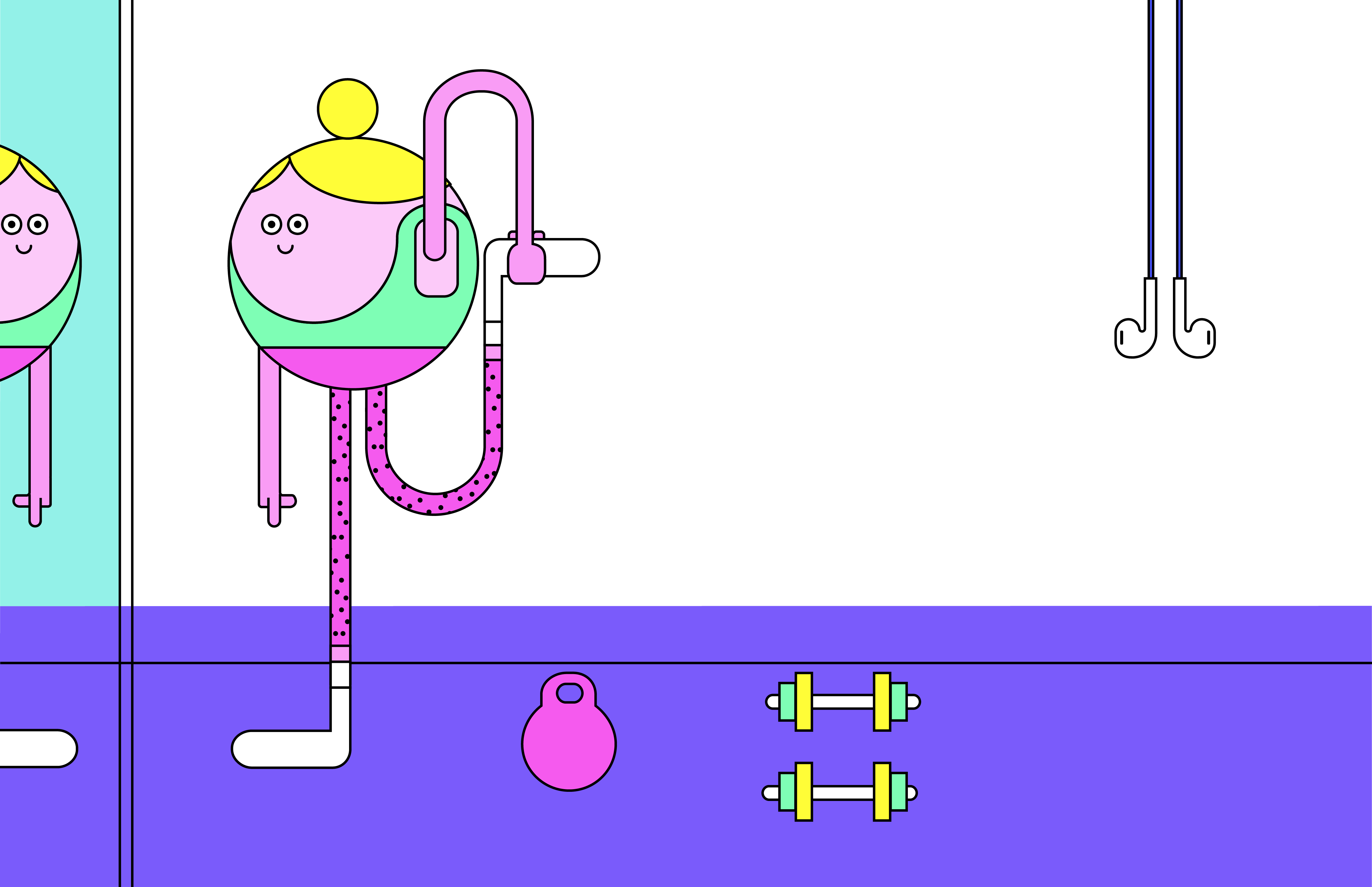
How does this make me feel?
As AI improves so will the relevancy and applicability of these types of tools. Making how they are targeted, how they are joined up and how we interact with them very interesting and a critical design job. Especially when they’re combined in multiple ecosystems.
In essence we’re talking about Big Data that’s turned into very smart aggregated behavior insights, turned into actions and haptics as part of an integrated user interface built with emotion. It’s not hard to see why Apple has bought Emotient and what they could do with the Apple Watch next given the possibilities.
So what can we learn from this as business leaders, branding and marketing experts? Well if it wasn’t clear already, data and behavior analytics is our new best friend, as is using what we learn in the way that retailers have done historically (avoiding stories like that old Target one about the pregnant teenager).
Combining this kind of approach with beautifully designed and empathetic user experiences has the power to transform both our actions and our lives. Making us all happier and healthier.
Want to explore this topic more? Email us
